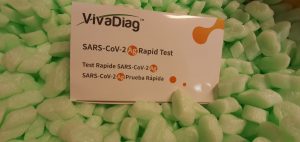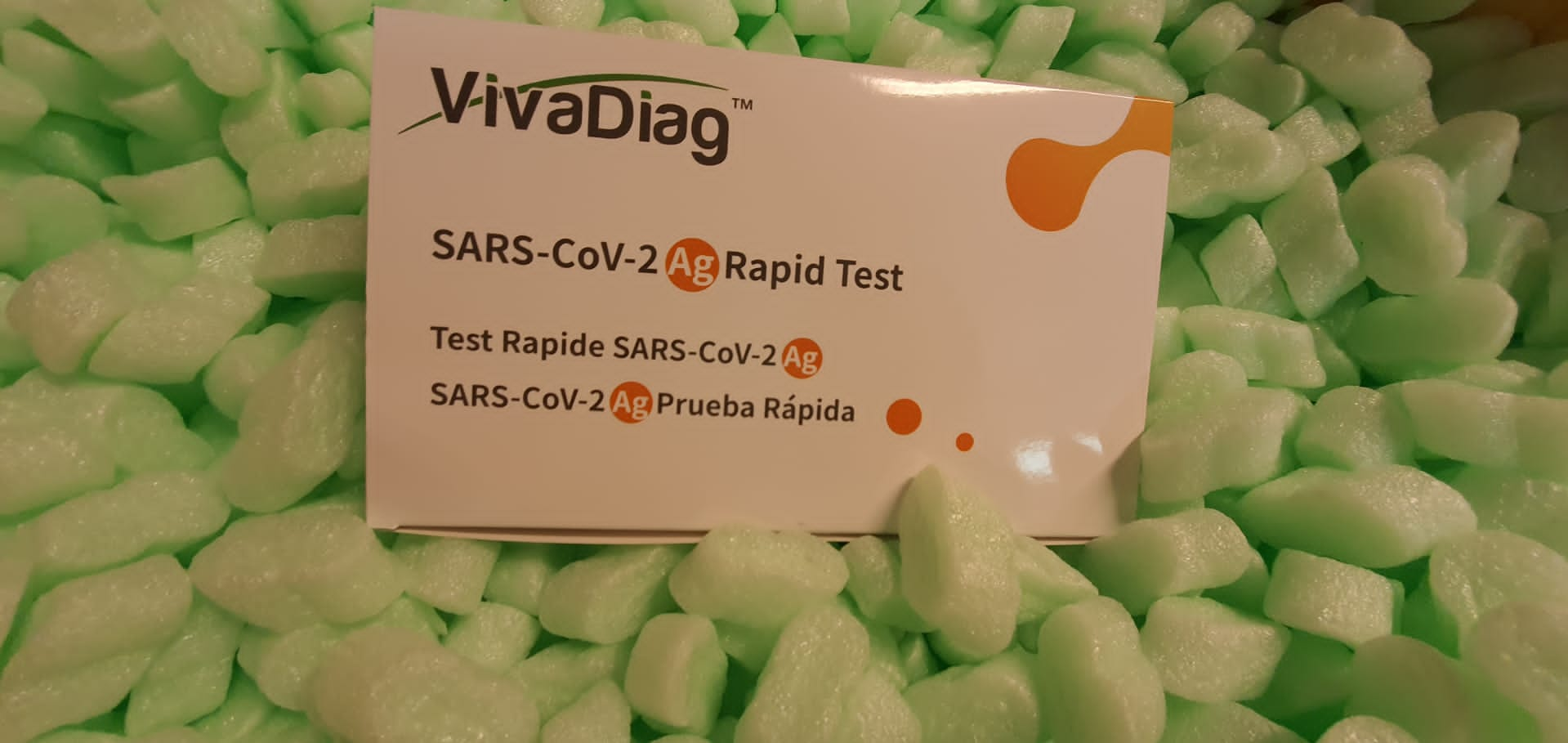This research in contrast the capability of linear-(LP) and non-linear periodized (NLP) resistance training to enhance choose myokines and metabolic parameters in overweight sedentary women. An further function was to match these variables between the overweight and lean women. Fitness- and age-matched overweight women between 28 and 43 years outdated had been randomly allotted to LP (physique fats [BF]% = 38.7 ± 2.6, n=10), NLP (BF% = 39.3 ± 2.4, n=9) and management (BF% = 39.8 ± 2.6, n=9) teams. Lean women (BF% = 29.1 ± 2.3, n=16) matched for age and health had been additionally included for baseline comparability.
Resistance training applications (12 weeks, Three d.wk-1, 9 workouts, 60 to 90% of 1-repetition most [1RM]) had been carried out with totally different periodization schemes. Glucose, insulin, interleukin (IL)-7, IL-15, and insulin-like development issue (IGF)-1 levels had been measured at baseline and after training. Overweight topics had considerably decrease IL-15, IGF-1 and increased insulin, glucose, and insulin resistance (homeostasis mannequin evaluation, HOMA-IR) than lean topics at baseline (all, P<0.05).
IL-15 and VO2max elevated considerably after NLP in contrast with CON, which was accompanied by a major lower in HOMA-IR (all, P<0.03). Muscular endurance improved considerably in each fashions after training in comparison with CON (all, P<0.01), nevertheless it elevated extra in NLP than in LP (P=0.01). Both training protocols had been equally efficient at lowering BF% and growing IGF-1, IL-7, muscle mass and bench press 1RM (P<0.01). It seems that LP and NLP are each efficient methods for enhancing well being markers in overweight women, however LP isn’t as efficient as NLP to enhance IL-15, HOMA-IR, and cardio capability.
The Effects of Serum Removal on Gene Expression and Morphological Plasticity Markers in Differentiated SH-SY5Y Cells
Despite the widespread use of the SH-SY5Y human neuroblastoma cell line in modeling human neurons in vitro, protocols for development, differentiation and experimentation differ significantly throughout the literature. Many research totally differentiate SH-SY5Y cells earlier than experimentation, to research plasticity measures in a mature, human neuronal-like cell mannequin. Prior to experimentation, serum is usually faraway from cell tradition media, to arrest the cell development cycle and synchronize cells.
However, the precise impact of this serum elimination earlier than experimentation on mature, differentiated SH-SY5Y cells has not but been described. In research utilizing differentiated SH-SY5Y cells, any impact of serum elimination on plasticity markers might affect outcomes. The goal of the present research was to systematically characterize, in differentiated, neuronal-like SH-SY5Y cells, the possibly confounding results of full serum elimination in phrases of morphological and gene expression markers of plasticity.
We measured modifications in generally used morphological markers and in genes associated to neuroplasticity and synaptogenesis, significantly in the BDNF-TrkB signaling pathway. We discovered that full serum elimination from already differentiated SH-SY5Y cells will increase neurite size, neurite branching, and the proportion of cells with a main neurite, in addition to proportion of βIII-Tubulin and MAP2 expressing cells.
Gene expression outcomes additionally point out elevated expression of PSD95 and NTRK2 expression 24 h after serum elimination. We conclude that serum deprivation in differentiated SH-SY5Y cells impacts morphology and gene expression and can probably confound plasticity-related end result measures, having vital implications for experimental design in research utilizing differentiated SH-SY5Y cells as a mannequin of human neurons.
Coronary calcification is related to elevated serum lipoprotein (a) levels in asymptomatic males over the age of 45 years: A cross-sectional research of the Korean nationwide well being checkup information
Lipoprotein a (Lp (a)) and coronary artery calcification (CAC) are markers of coronary artery and cardiovascular illnesses. However, the affiliation between Lp (a) and CAC in asymptomatic people stays unclear. In this research, we aimed to find out the affect of Lp (a) on CAC in asymptomatic people.
We included 2019 asymptomatic Korean adults who underwent testing for a coronary artery calcium rating (CACS) and Lp (a) on the Gangnam Severance Hospital Health Checkup Center in Korea from January 2017 to August 2019. Participants had been divided into 2 teams: CACS = 0 and CACS > 0. Factors affecting the CACS had been analyzed by intercourse. Because age is a serious threat issue for atherosclerosis, ≥45 years in males and ≥55 years in women, we additional divided individuals into Four subgroups (≥45 and <45 in males, ≥55 and <55 in women).
Factors affecting the CACS in the Four teams had been analyzed.There was a constructive correlation between the CACS and conventional cardiovascular threat components. Lp (a) positively correlated with the CACS in males (P < .01) and remained vital after multivariable logistic regression (P < .01). The similar outcome was noticed in males aged ≥45 years (P < .01).Lp (a) is an independently related issue of CAC and a marker of coronary atherosclerosis in asymptomatic males aged ≥45 years. In asymptomatic males aged ≥45 years, Lp (a) ought to be measured, and intensive Lp (a)-lowering remedy ought to be thought-about.
Association of Serum Vitamin D and Immunoglobulin E Levels With Severity of Allergic Rhinitis
Objective The goal of this research was to find out the affiliation of serum vitamin D and immunoglobulin E (IgE) levels with the severity of allergic rhinitis (AR). Methods This case-control research was performed at Mayo Hospital, Lahore, from June to September 2020 after acquiring moral approval. Patients of AR had been included and divided with the assistance of allergic rhinitis and its affect on bronchial asthma (ARIA) classification, into group A (circumstances), sufferers presenting with reasonable to extreme signs, and into group B (management), sufferers with delicate signs, after remedy of AR.

The imply distinction between serum IgE and serum Vitamin D levels of each teams had been in contrast by t-test. Association was decided by logistic regression and odds ratio. Results A complete of 224 sufferers had been included in the research, 112 sufferers in group A and 112 sufferers in group B. There had been 106 (47.3%) feminine and 118 (52.7%) male.
The imply age of sufferers in group A was 26.78± 8.92 years and in group B, it was 25.72±8.12 years. Mean serum vitamin D levels in group A had been 16.24±6.7 ng/ml and in group B 26.92±35 ng/ml (p=0.0001). Mean serum IgE levels in group A had been 383.69±154.86 IU/ml and in group B, they had been 373.03±106.83 IU/ml (p=0.0001).
[Linking template=”default” type=”products” search=”SAA1 Over-expression Lysate reagent” header=”3″ limit=”116″ start=”4″ showCatalogNumber=”true” showSize=”true” showSupplier=”true” showPrice=”true” showDescription=”true” showAdditionalInformation=”true” showImage=”true” showSchemaMarkup=”true” imageWidth=”” imageHeight=””]
Vitamin D poor sufferers had been 24 occasions extra more likely to develop reasonable to extreme AR illness. Conclusion This research confirmed that in moderate-severe AR, IgE levels are raised statistically as in comparison with delicate AR and the deficiency of Vitamin D is related to growing severity of allergic rhinitis signs.
